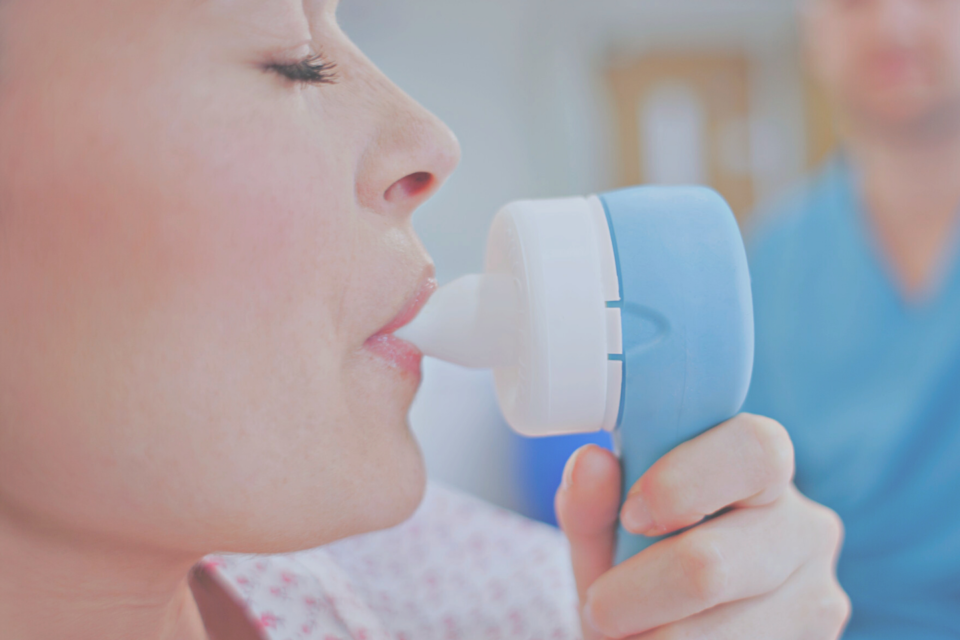Concerns about climate change and the short and long term effects on our world remain a hot topic in the news. In the article below, midwifery student Nicole Rajan-Brown, points out news on a new form of “green gas and air” that is being used in a unit in Newcastle, UK. It is food for thought going forward of how we can make midwifery practice more sustainable. If you have made any changes in your own units to improve the carbon footprint, please write in and let us know.
As concerns about the environment become an increasingly pressing societal and global issue, and the increasing push for birthing rights to be promoted, it seems pertinent to consider the intersection between these two worlds. This week, green gas and air has been made available for the first time to labourers in Newcastle (Wilkinson 2021), an innovative model which has brought the issue of greener practice back into the sphere of perinatal services, and healthcare more widely.
Clean Breathing
Entonox is commonly used during labour, a mix of nitrous oxide and oxygen, it is an effective analgesic (Parsa et al., 2017). However, nitrous oxide is 500 times more potent than carbon dioxide as a greenhouse gas. Medclair’s novel system, the ‘Mobile Destruction Unit’, breaks down the nitrous oxide exhaled into harmless gases, reducing levels by up to 99%, and is compatible with standard equipment already in use.
Novel yet not new
Green healthcare is no new topic, yet the climate emergency becomes ever more pressing. Healthcare emits both over 5% of the UK’s total carbon emissions, and 5% of the NHS’ carbon emissions (McGranahan and Cartwright, 2020) – no small amount. Climate change has been described as ‘one of the greatest threats to the health of humanity’ (Horton, 2018), expected to cause 250,000 deaths over the next 30 years (WHO, 2018). Yet, although public health sits at the helm of midwifery and maternity practice (RCM, 2017), and in spite of the contribution of healthcare, environmental issues are not been widely, and seriously, addressed in this field.
Informing choice
Informed choice forms a central aspect of maternity and midwifery care. This begs the question, should individuals be informed of the risks of greenhouse gases, and have the choice to opt for more environmentally friendly forms of pain relief? Healthcare providers must work in conjunction with servicer users. Many birthing people will not think, or even be aware of, the fact that Entonox emits greenhouse gas, known to have a significant impact on global warming.
This takes a multi-level approach: education, practical provision, policy and legislation. Raising awareness through careful counselling and education amongst both service users and staff brings the issue into the consciousness of those making decision, promoting evidence-based practice. Taking environmental factors into consideration when selecting alternative equipment at a procurement level provide practical opportunities for greener choices to be made. Providing a structure at policy and legislative level provide a pressure and a framework from which progress. It takes a collective effort to make a difference in environmental issues.
One trust has shown is it possible – healthcare providers should take note and take environmental issues in healthcare more seriously. Midwives must view this as a central element of their sphere of practice as health promoters and advocates. Ultimately, a culture change is needed, shifting how we view environmental issues in relation to healthcare and perinatal service. With a shift in the way we view this pressing issue, the options on offer will broaden, offering true choice and, ultimately, the opportunity to make an impact.
Nicole Rajan-Brown
Student Midwife
Co-editor, Student Midwife Journal
Student Reviewer, Midwifery Hour
Twitter: @NicRajan_Brown
Instagram: @nicrajan_brown
Business Instagram: @birthuntouched
References
Horton, R. (2019). Offline: Extinction or rebellion? The Lancet, 394(10205), 1216. doi: 10.1016/S0140-6736(19)32260-3.
Parsa, P., Saeedzadeh, N., Roshanaei, G., Shoberir, F. & Hakemzafeh, F. (2017). The Effect of Enxtonox on Labour Pain: Relief amount Nulliparous Women: A Randomized Controlled Trial. J Clin Diagn Res 11(2), QC08-QC11. doi: 10.7860/JCDR/2017/21611.9362
RCM. (2017). Stepping up to Public Health: Aa new maternity model for women and families, midwives and maternity support workers. Accessed from https://www.rcm.org.uk/publications/?publicationtype=promotingbettermaternityservices&query=stepping+up+to+public+health
Medclair. (2021). Mobile Destruction Unit. Accessed from https://www.medclair.com/en/mdu
McGranahan, M. and Cartwright, A. (2020). Why should we care about Entonox? The Importance of Climate Change for Midwives. The Practising Midwife 23(7).
Wilkinson, T. (2021). Mother in labour first to use greener gas and air. Accessed from https://www.standard.co.uk/news/uk/newcastle-b955190.html?amp
WHO. (2018). Climate change and health Retrieved from: https://www.who.int/news-room/fact-sheets/detail/climate-change-and-health


